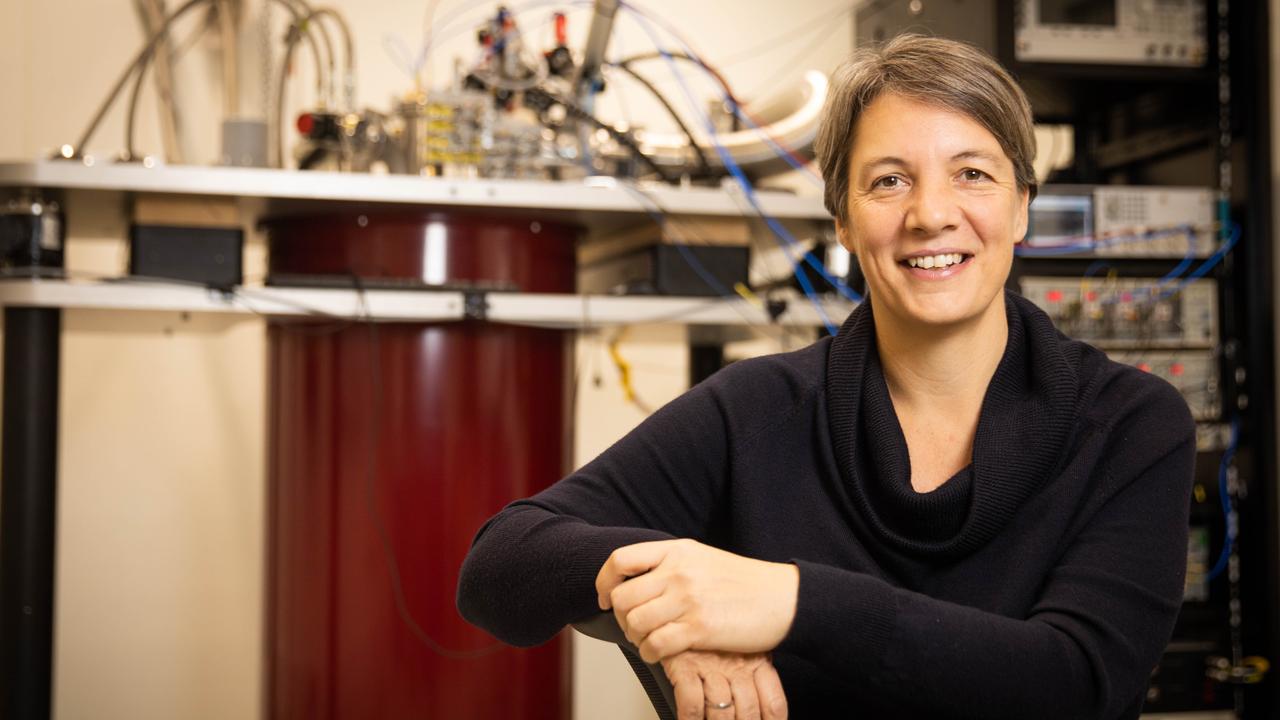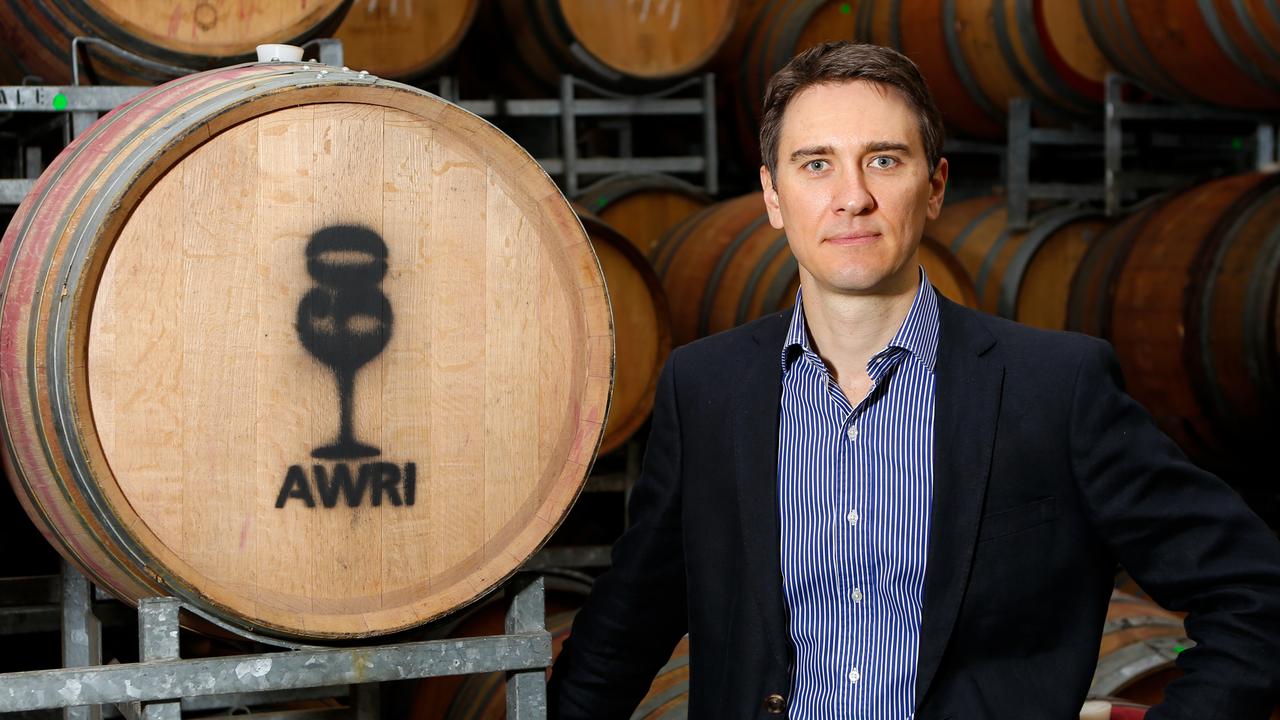UNSW opens Howard Library at Old Parliament House
UNSW has taken another step toward creating a prime ministerial library in Australia along the lines of US presidential libraries.

In today’s Higher Ed Daily Brief: homage to former PM, universe shaking discovery
UNSW’s Howard Library opens
UNSW has created another prime ministerial library in Australia taking us a step closer to the US model of presidential libraries. Today UNSW Canberra officially opened the Howard Library at Old Parliament House which is both an exhibit and archive of official papers, personal papers and memorabilia from John Howard’s nearly 12 years as prime minister from 1996 to 2007.
The initiative began in 2014 when it was announced that Mr Howard’s personal and official papers would be gradually transferred from the National Archives to UNSW Canberra. Howard Library director, UNSW historian Tom Frame, said that the US presidential library model had informed the approach which the university had taken to establishing the Howard Library.
“What makes this library unique is its nonpartisan and apolitical character. Our objective is to develop the Howard Library as a resource for public leadership studies, how the Howard government promoted the contest of ideas and publish work that objectively assesses the Coalition’s performance in power,” Professor Frame said.
Today’s launch will be followed by the third UNSW Canberra Howard Government Retrospective Conference, focusing on the period from August 2001 to September 2004.
The library of another long-serving prime minister, Bob Hawke, is housed at the University of South Australia.
Black hole collisions revealed
Australian National University researchers have played a key role in discovering gravitational waves from four hitherto unknown collisions of black holes. The group have worked with international colleagues to reanalyse data from the US-based Advanced Laser Gravitational-wave Observatory (LIGO) which made history by observing gravitational waves for the first time in 2015, a discovery which won the Nobel prize for physics.
The international team, including the ANU scientists, went back to have a closer look at data recorded by the observatory in 2017 and found solid evidence for four more collisions within binary systems of black holes. A binary system consists of two closely orbiting black holes which radiate away energy and eventually spiral into each other.
One of them was the furthest black hole merger ever observed — nine billion light years away. The other three were between three and six billion light years away.
Susan Scott, leader of the general relativity theory and data analysis group at ANU, said more discoveries were expected as detection techniques improved.
“This means during the upcoming third observing run (of LIGO), starting early next year, we will be able to detect events further out in space, meaning more detections and potentially gravitational waves from new and yet unknown sources in the universe,” Professor Scott said.


